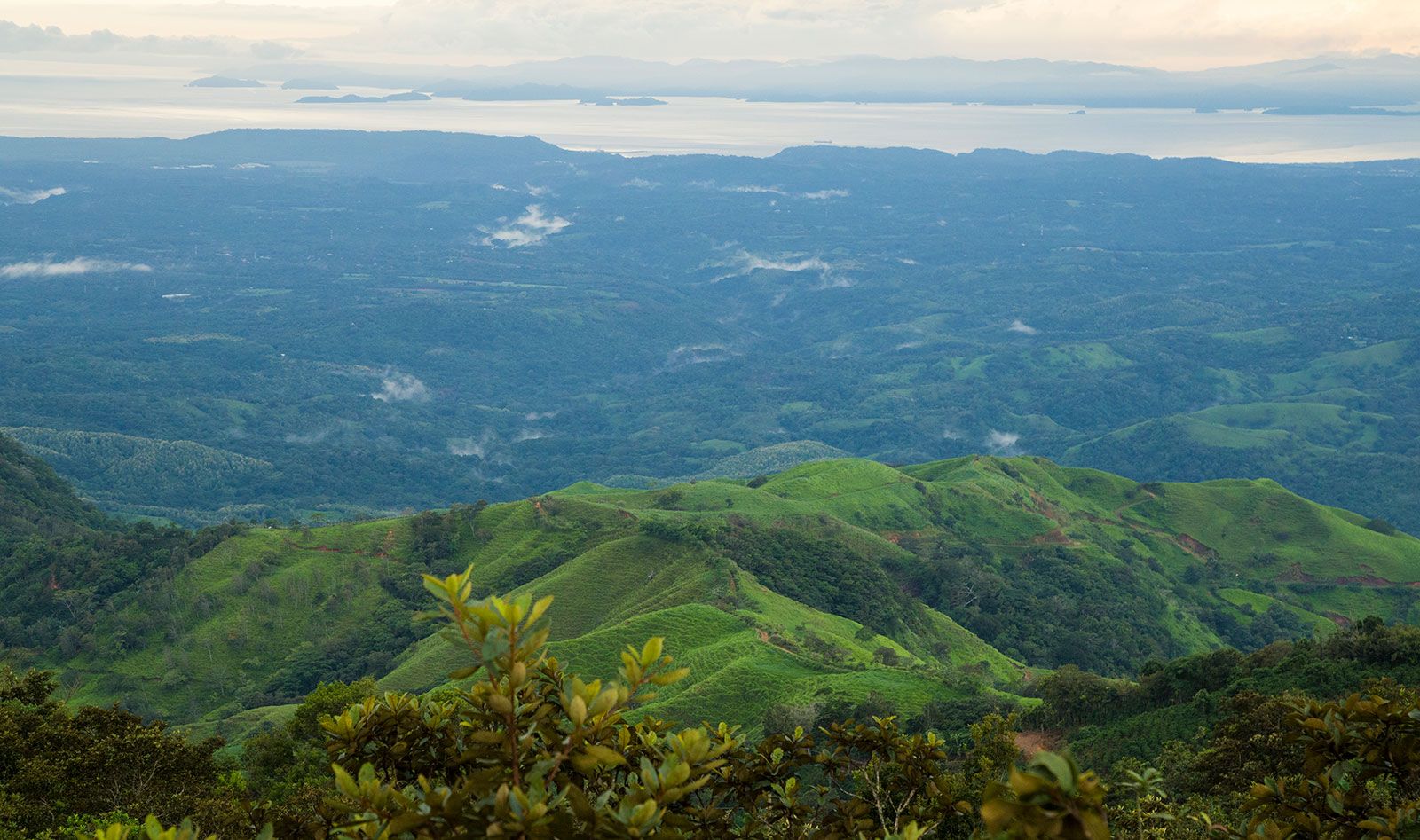Costa Rica, a country with no standing army, politically stable in Central America, with two weather seasons – dry season (Nov. – Apr.) and wet season (May – Nov.). The average temperatures are in the range of 70 degrees. It is known for its long-standing and stable democracy, and for its highly educated workforce, most of whom speak English.[
Since then, Costa Rica has remained among the most stable, prosperous, and progressive nations in Latin America. Costa Rica was originally inhabited by indigenous peoples then colonized by Spanish in the 16th century and then by the Mexican empire. The country formally declared independence in 1847. It permanently abolished its army in 1949, becoming one of only a few sovereign nations without a standing army.
It is the only country to meet all five UNDP criteria established to measure environmental sustainability.
It was twice ranked the best-performing country in the New Economics Foundation‘s (NEF) Happy Planet Index, which measures environmental sustainability.
Here’s a brief rundown of how Costa Rica is keeping tourism sustainable and what you can do to leave a positive impact everywhere you visit.
Electricity
Costa Rica plans to become a carbon-neutral country by 2021. This small country has achieved notable sustainable development goals in the electric generation sector by historically generating most of its electricity from renewable sources. By 2016, 98.1% of its electricity was generated from green sources particularly hydro, solar, geothermal and biomass.
In 2017, the country of five million was powered entirely by renewable energy for 300 consecutive days.
In the last 30 years, renewable sources such as wind, geothermal, solar and hydroelectric have been responsible for the production of nearly 93 percent of Costa Rica’s energy.

Photo credit: Yasif89 / Wikitravel
Biosphere Reserve
Biosphere reserves are specially designated areas for sustainable development that reconcile the conservation of biodiversity with the proper use of natural resources. Costa Ricans are proud to live amongst and protect their country’s rich environment.
The country possesses the greatest density of species in the world, and around 25% of its national territory is protected by a system of conservation areas and national parks. Some of the more impressive plants range from huge ficus trees with epiphytes abounding on their limbs to approximately 1500 different orchids.
The animals’ species are equally as impressive. You can find a jaguar, the ever-elusive Margay, the wonderful birds like the green or scarlet macaws, the amphibians, the poison dart frogs with their bright colors also catch attention or the giant cane toads.
The small nation holds five percent of the world’s known biodiversity, 3.5 percent of all marine life and almost 30 percent of the country’s territory is protected natural land.
Transportation in Costa Rica
The transport sector currently heavily dependent on fossil fuels, but the country is making the shift to electric mobility, scaling up sustainable public transportation infrastructure. The country also recently passed a breakthrough law to promote electric vehicles through improved access to credit and economic incentives.
There’s a greener version of every kind of transportation into and around the country.
Rental Cars: When renting a car you may choose a carbon-neutral rental car.
International and Domestic Flights: There are some eco-friendly airlines out there, but you can still make a positive impact by purchasing a carbon offset for your flight, even if you don’t fly on a sustainable carrier. In 2007, one of the nation’s premier airlines, Sansa, became carbon-neutral.
Private Drivers & Public Shuttles: Several private transportation companies and shared shuttles have also gone carbon-neutral.

Photo credit: Daniel Borman / Flickr
Tours & Activities
Many hotels and tour operators are using sustainable practices all across Costa Rica. Some of the prime destinations for sustainable tourism are the remote and wild Osa Peninsula and Golfo Dulce area of southern Costa Rica, the Northern Zone which also includes both Monteverde and the Arenal Volcano and Lake Arenal attractions, and the underdeveloped Caribbean coast, with the rainforest canals of Tortuguero, Cahuita National Park, and the Gandoca-Manzanillo Wildlife Refuge.
Hotels
Many of the hotels, isolated nature lodges and tour operators around the country are dedicated professionals in the sustainable tourism field.
Many other hotels, lodges, and tour operators are improving their practices, but there are many that just using the terms “eco,” “green,” and “sustainable”.
The government-run tourism institute (ICT) provides a sustainability rating of a host of hotels and tour agencies under its Certification for Sustainable Tourism (CST) program.
You might want to consider using a tour agency that has earned high marks in this area if you’re not booking your hotel, tours, and transportation by yourself.
The remote lodges usually depend on using small solar and hydro plants for their power and these hotels and lodges tend to be more luxurious. There are many small ecolodges focused on wildlife viewing and adventure activities in the wild, which lack in luxurious.
Most parks are just $10 to visit, and your tourism dollars make a big impact on keeping parks clean—and ecosystems protected.
Basic Tips for Being a Responsible Tourist
Learn about current environmental issues in the places you are visiting.
Use water sparingly.
Reduce, Reuse, Recycle.
Take a train or public bus. Bike or walk.
Buy Local, Eat Local. Whenever you can visit restaurants owned and staffed by Costa Ricans.
Don’t litter! Always remove your trash and recyclables.
Use accommodations that have a reputation for being sustainable.
Costa Rica prohibits the removal of shells and other nature from national territory.
Featured image photo credit: dconvertini / Flickr
Want to learn more about Costa Rica? Check our other posts:
The 10 Best Costa Rica Eco Tours
Costa Rica Eco Travel – Top Eco-Friendly Travel Packages













